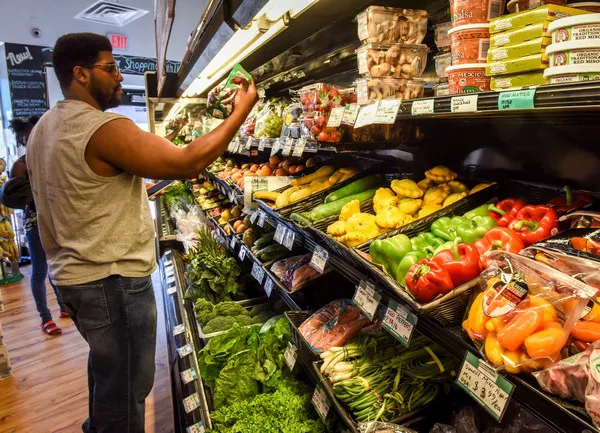Food safety standards vary greatly between the United States and Europe, and there is a need for standardization and comprehensive regulations across the globe. Consumers are becoming increasingly conscious of the ingredients in their food, and the regulatory discrepancies have significant implications for public health and well-being on both sides of the Atlantic.
Europe has historically prioritized strict regulations and thorough risk assessments before allowing certain additives or ingredients, whereas the United States has tended to prioritize industry interests and innovation, leading to a more relaxed regulatory environment. However, some food lobbies also actively try to curb regulatory action in Europe.
Harmonizing food safety standards would ensure consistent and transparent product quality, enabling consumers to make informed choices about the food they purchase and consume. This would help build trust and accountability within the food industry while fostering a healthier and more sustainable global food system.
While regulations remain drastically different between countries, it’s important for consumers to be aware of which ingredients are highly regulated or outright banned in Europe but permitted in the United States, as some of these substances have been linked to potential health risks. For instance, certain artificial food dyes, growth hormones and antibiotics commonly used in U.S. meat and dairy, flavor enhancers, artificial sweeteners, and additives like brominated vegetable oil, may not be allowed in European products, but are still present in many American products.
Different formulations of products can lead to varying health impacts for consumers. Carbonated beverages, for example, may contain different sweeteners and preservatives depending on the market. High-fructose corn syrup is a commonly used sweetener in the United States, while sugar or natural sweeteners are preferred in Europe. Similarly, packaged snacks and ready-to-eat meals often have distinct formulations, leading to differences in nutritional value and potential health impacts for consumers on either side of the Atlantic.
Some brands change product ingredient formulations to fit in the EU market. Skittles is an example of this, eliminating high-risk additives and titanium dioxide, a white pigment suspected of increasing cancer risks, from its recipe in Europe. Conversely, Froot Loops and M&M’s in the United States contain high-risk additives that are banned in Europe.
Drawing attention to harmful additives in food products can lead manufacturers to reevaluate their ingredient lists and reformulate their products accordingly. Consumer awareness and advocacy play a vital role in pressuring the food industry to prioritize health-conscious practices and transparent labeling. By scrutinizing ingredient lists and highlighting the potential risks associated with certain additives, consumers can drive demand for safer and more wholesome products. Manufacturers, in turn, are compelled to respond to this demand, reformulating their products to align with consumer preferences for healthier and more transparent food options.
The disparities in food safety regulations between the United States and Europe highlight the need for a concerted global effort to prioritize consumer health and well-being. By advocating for more comprehensive and standardized food safety measures, we can create a safer and more transparent food landscape for consumers worldwide. Empowered consumer awareness and collective action are crucial in driving meaningful change within the food industry, encouraging manufacturers to prioritize ingredient transparency and reformulate products to meet the growing demand for safer and healthier food options.
Julie Chapon, co-founder of Yuka, is a dedicated advocate for healthier living and sustainability. Yuka deciphers product labels and analyzes the health impact of food products and cosmetics, and her company empowers consumers to make informed choices for their well-being.

